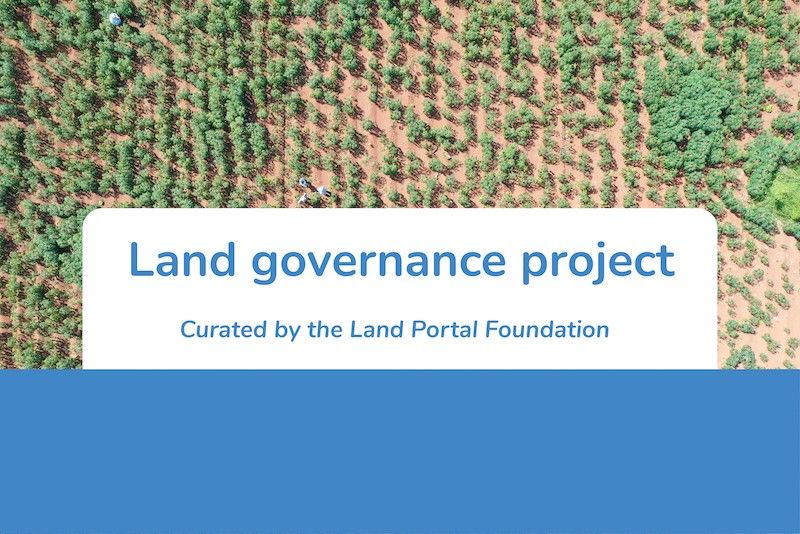Community / Land projects / Agricultural Governance Results Improvement Project (A-GRIP)
Agricultural Governance Results Improvement Project (A-GRIP)

€0
11/23 - 10/28
Active
This project is part of
Implementing Organisations
Donors
Data Providers
General
Even though Uganda has experienced rapid economic growth in the past decades, resulting in a stark decline in poverty – from 68% of the population living on less than US1,90/day in 1993 to 33% in 2020, – progress on ensuring food security has remained challenging. Research by FAO et al. (2018) shows that in the period from 2015-2017, 41,4% of the Ugandan population was undernourished and 28,9% of children under five were stunted. Especially rural households, and particularly females, are more food insecure with higher poverty rates and limited access to (nutritious) food. The rapid economic growth has not resulted in the expected increase in agricultural productivity as the increase in crop production primarily stems from expansion of cultivated land, rather than increasing crop yields and overall productivity. This results in land scarcity and continues to create conflicts among individuals, communities and other entities in the struggle to acquire land to secure their livelihoods. Moreover, with the anticipated population and GDP growth in coming years, the domestic food demand is expected to only increase. The complex web of interrelated drivers, such as population and economic growth and the prevailing land tenure and farming system, have limited the progress in realising zero hunger in Uganda over the past decades. In particular, the role of land tenure is recognised as crucial reason for the persistence of food insecurity. Land tenure security is key to enhance agricultural productivity by stimulating investments in (climate smart) agricultural practices, increased family liquidity/collateral to access finance and reduce land conflicts . This chapter introduces the existing land tenure and farming system, its finance mechanism, and responsibilities. Based on this, the main challenges that limit the accessibility and quality of public services and hamper realising food security are brought together in the problem statement.
Objectives
“Strengthened, food secure and resilient farming systems through increased accessibility, availability and quality of land tenure security, agriculture and food security services in 16 selected districts of the Busoga, Elgon, Kigezi, Lango, and Rwenzori regions in Uganda.” 1. Increased formal and equitable land ownership under customary law (Certificate of Customary Ownership – CCOs) especially for the most vulnerable populations; 2. Increased sustainable agricultural smallholder farmers production by enhanced take-up of effective, quality and equitable agricultural food production and natural resources management services; 3. Strengthened regulation and enabling policies for better agricultural and food security (FS) sector performance to match SHFs’ and communities’ needs; 4. General good governance and management at district level in support of improved performance by the DPM, enR.
Target Groups
National and regional (government) stakeholders, District and sub county level stakeholders, District Council Chief Administrative Officer (CAO) Resident District Commissioner (RDC) District Land Board (DLB) District Land Tribunal (DLT) District Lands Office (DLO) Office of the Recorder Office of the Mediator Area Land Committee Community stakeholders Farmer organizations including farmer groups and cooperatives International stakeholders:



